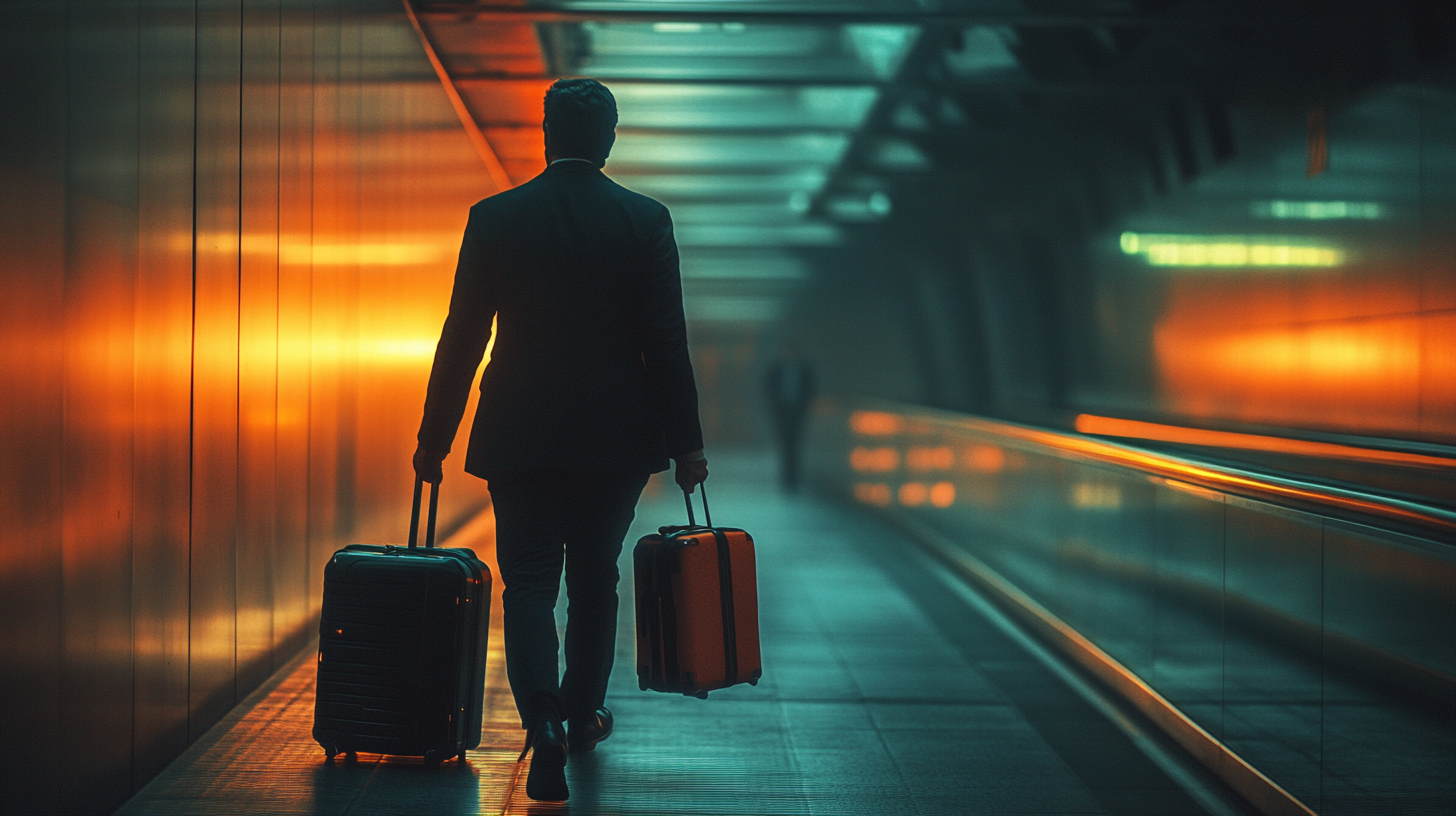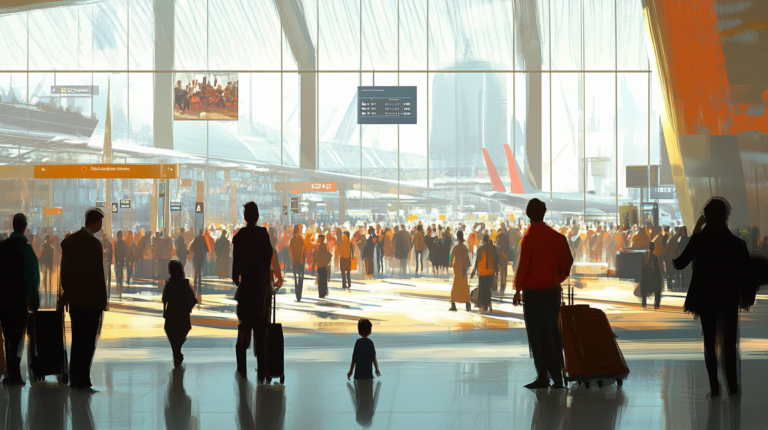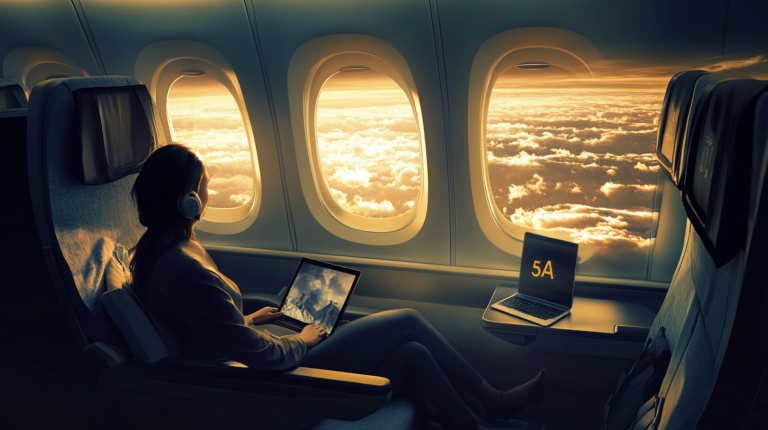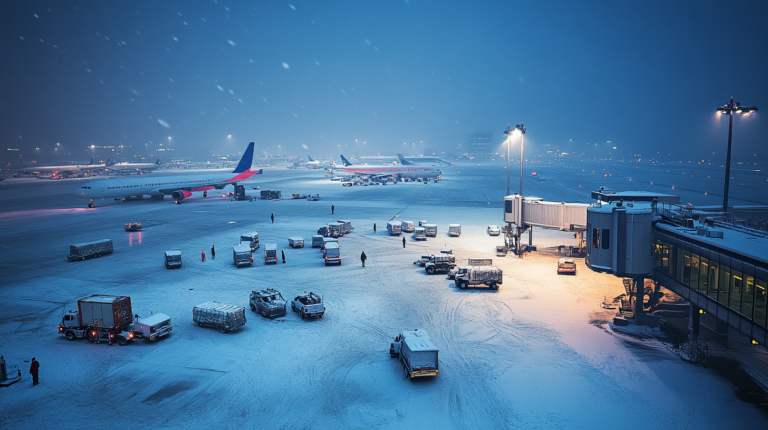Conquering the Top 7 Business Travel Hurdles

Business travel has rebounded post-pandemic, bringing opportunities to network and explore new markets. Yet frequent flyers face challenges that demand careful planning, adaptable policies, and a suite of digital tools to keep trips on track.
From jet lag to expense reporting, success lies in mastering each hurdle with a combination of preparation and technology. Below are seven common obstacles and how travelers can overcome them for smoother, more cost-effective journeys.
1. Unexpected Flight Delays & Cancellations

Severe weather, staff shortages, or changing regulations can derail even the best-planned itinerary. Travel management providers like SKIL Travel offer 24/7 support and integrated systems to rebook flights quickly. Meanwhile, platforms such as Paxes send real-time notifications so travelers can dodge last-minute surprises and stay flexible when plans shift.
2. Complex Expense Policies & Reimbursements

Unclear guidelines and cumbersome paperwork often throw business travelers off balance. Automated expense reporting through tools like Routespring streamlines reimbursements, enforces policy compliance, and delivers advanced analytics to optimize costs. Centralizing transactions into a single platform lets travelers focus on work instead of juggling receipts.
3. Safety Concerns & Well-Being

Business travelers today prioritize personal security, whether they’re worried about global health risks or potential threats to female travelers in unfamiliar destinations. Thorough destination research, corporate risk management dashboards, and flexible travel policies help address concerns. Employers who encourage wellness—from adjusting to local time zones early to scheduling downtime—see fewer trip disruptions and healthier, more productive teams.
4. Managing Itinerary Changes

Tight meeting schedules and unforeseen client demands can lead to last-minute route adjustments. Centralized travel apps or platforms such as GetGoing make it easy to pivot, from shifting flights to booking nearby hotels. Comprehensive itineraries backed by mobile alerts keep everyone up to date and reduce the stress of rapid turnarounds.
5. Balancing Budgets

Spiraling airfare and dynamic pricing make cost control a top priority. Negotiated deals through providers like SKIL Travel and AI-driven insights from corporate platforms help lock in competitive rates. To stay on track, managers often rely on integrated booking policies that cap high-cost fares while ensuring travelers maintain adequate comfort and flexibility.
6. Combating Jet Lag & Stress

Crossing time zones can wreak havoc on focus and energy levels. Frequent flyers minimize fatigue by starting new sleep schedules a few days before departure and adopting simple habits—like staying hydrated and taking walks between meetings. Combining these personal strategies with streamlined itineraries allows business travelers to remain sharp, even on demanding multi-country trips.
7. Embracing Sustainability & Tech Innovations

Eco-friendly practices are gaining traction as companies explore greener booking options, carbon offsets, and reduced paper usage. In parallel, mobile and virtual tools—powered by AI—are reshaping how itineraries are booked, monitored, and analyzed. Leading solutions like Routespring, Paxes, and GetGoing continue to evolve, helping frequent flyers embrace bleisure trends, stay compliant with evolving policies, and meet their sustainability goals as the global travel landscape heads toward 2025.
By recognizing and tackling these hurdles proactively, modern business travelers can remain productive, safe, and engaged on every journey. With cost-effective strategies, tech-forward solutions, and a dash of adaptability, each trip can be another success story at cruising altitude.






